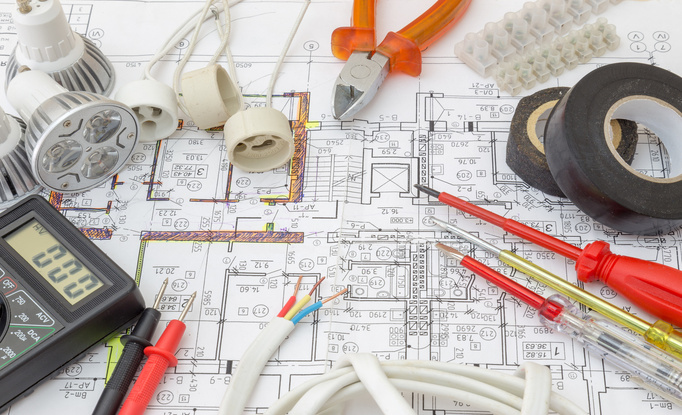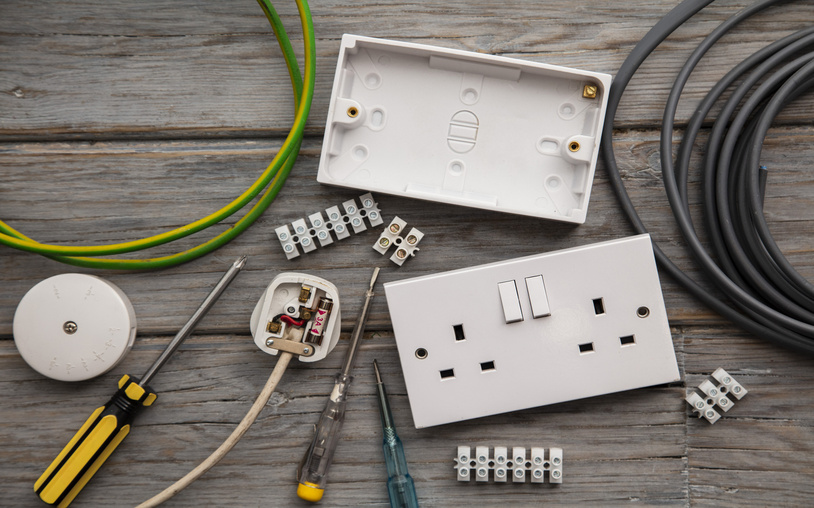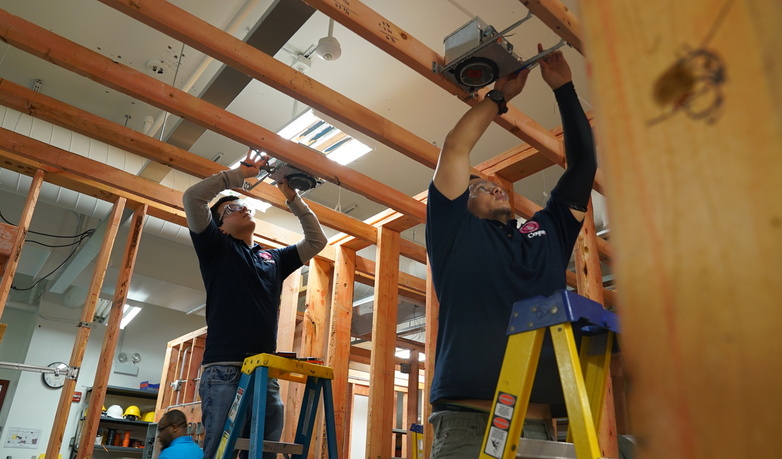Your home’s electrical system uses high-voltage wiring to power appliances, lights and electronics throughout your home. If you experience an issue with your electrical system, it can be difficult to determine the cause or solution. Here are some basic troubleshooting steps to restore your electrical appliances and stay safe. Consider joining an electrical program near you for more information and expert raining.
What Are the Most Household Electrical Problems?
These are the most common issues homeowners face. Whether you’re just moved into a new home or you’re finally tackling home improvement projects around your house, here are some common issues that you may be dealing with:
- Light switches not working: If your light switch doesn’t turn on a light or fan, there are a few common causes. First, check to see if your lightbulb is burnt out or your breaker is tripped. If not, the issue could be faulty wiring or a damaged light switch.
- Unusual power surges: Power surges are signs that your breaker or wiring isn’t equipped to handle your power load. You may have too many appliances and electronics plugged into a single breaker or you may have low-gauge wiring.
- Outlet not working: The most common cause of a faulty outlet is a tripped breaker or GFCI outlet. Reset both the breaker and, if applicable, the GFCI. Otherwise, you may need a new outlet installed.
- Expensive energy bill: High energy bills are typically caused by inefficient lighting, hot water heater issues or power surges. It could be a sign of inefficient appliances or a more serious electrical issue.
- Burnt-out lightbulb: A burnt-out bulb is a common and easy maintenance task. However, if your bulbs continue to burn out quickly, it may be a sign of another issue. It may be caused by incorrect wattage, a dimmer switch or bad wiring.
These household electrical issues range from harmless to hazardous. It can be difficult to determine whether you can solve the problem on your own or you need to contact a professional electrician. Compare problems that you can solve with problems that require electrical experience to safely solve.
Which Problems Can I Solve?
These common electrical issues in your home are easy to solve. Be cautious when working around electricity, particularly your breaker box. Here are problems that can typically be solved on your own:
- Replacing a lightbulb: The most common causes of a burnt-out lightbulb are an old bulb and a bulb with the wrong wattage. Both of these issues are easy for homeowners to solve. Fix dimming lights or burnt-out bulbs by swapping them out. Simply purchase a new lightbulb with the correct wattage for your light fixture and replace it.
- Reducing your energy bill: Some energy issues are simply caused by inefficient appliances and lighting. Switch to LED lightbulbs, turn down your hot water heater and look for energy-efficient appliances to reduce your electricity use.
- Resetting a breaker: A poor connection can cause a breaker to trip. This will prevent your outlet or light fixture from working. Simply find the correct breaker in your breaker box and reset it. If the breaker immediately trips again, it’s a sign of a more serious issue.
There are a few warning signs that you should look out for. First, don’t attempt to reset a breaker if you hear popping or crackling around your breaker box. If a light fixture, outlet or other electrical device sparks and pops, don’t attempt to touch it. These issues are best left to an experienced electrician or handled after you’ve received professional training.

Do I Need To Call an Electrician?
Not all problems are easy to solve for a DIY homeowner. Here are some common household issues that are best left to the professionals. Work with an experienced electrician or learn more about electrical repairs before you attempt to fix these issues:
- Hot outlets: An outlet or outlet cover that heats up is typically hiding a serious electrical issue. It’s usually caused by an electrical surge or a low-gauge wire.
- Loose outlets: A wobbly outlet is a sign of poor installation. Your outlet may need a completely new box, which means removing and rewiring your outlet.
- Burning smells: Burning smells around your electrical wiring is a sure sign of trouble. This is typically caused by a short in the wire. Either the plastic coating is melting or a particularly hot wire is causing your insulation or another material to heat up.
- Popping sounds: Popping sounds and sparks are signs of improper wiring. Whether an electrical surge or an electrical short, both are bad news.
These issues require electrical tools and experience. You’ll need to work with wires and ensure they are the correct gauge and correctly installed. While you can learn these skills, they require expert guidance and hands-on training before you should tackle these projects in your own home.
What are Some Safety Steps?
The best way to prevent dead outlets, warm switches and circuit breaker issues is to use electrical safety. Keep your home safe by keeping your electrical system maintained and routinely inspecting it for signs of serious issues.
It’s important to use surge protectors for your appliances and electronics. A surge protector is a great way to avoid the risk of electrical shock or damage to your electronics. You can pick up a surge protector power strip, but be sure you don’t connect too many devices to a single outlet.
Where Can I Learn More About Fixing Electrical Problems?
If you’re interested in learning more about electrical repairs and safety, look for electrical programs in Chicago. Apply online at Coyne College for hands-on, in-depth training in electrical construction and maintenance courses.
















